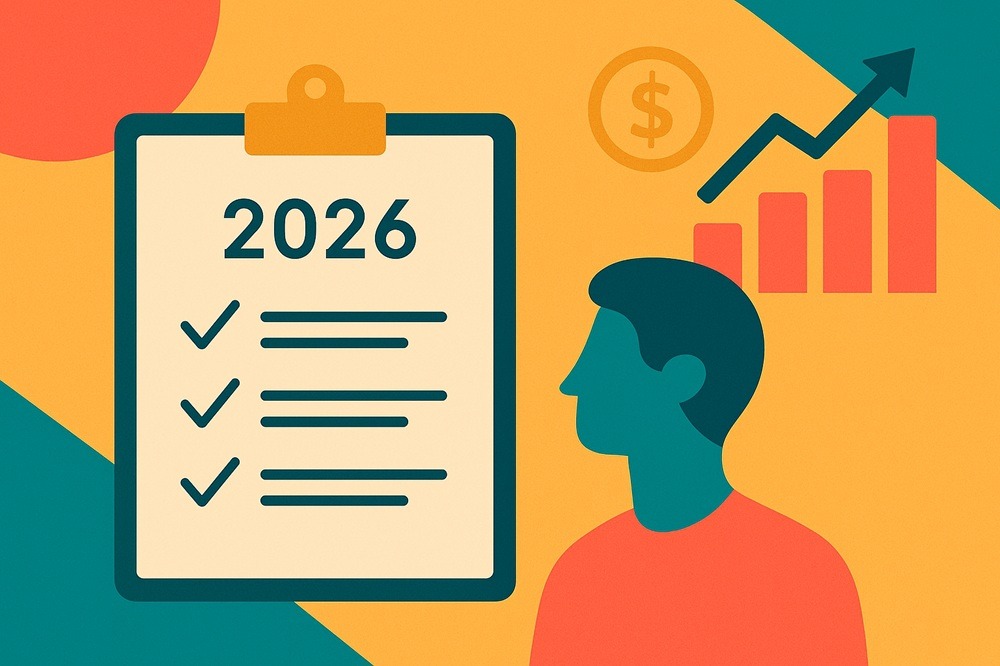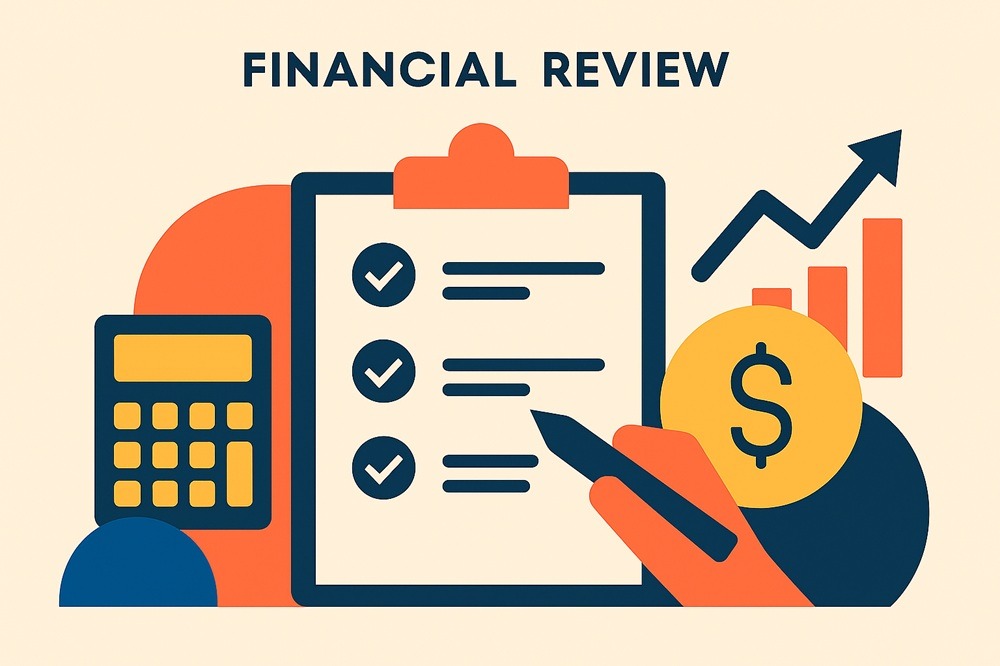The End Is Nigh (of the Financial Year, that is)

June 30 is sneaking up on us and there are only three more weeks until the end of the year. Time to really make sure you have all your ducks in a row. Here is our year end ‘to-do’ list for all things superannuation.
Super Contributions
June 30 is the deadline for making contributions for the 2022.2023 year. As you know, there are annual limits on how much can be contributed into super each year.
Concessional Contributions
There are two types of contributions that you can make into your super (or have made on your behalf). Concessional contributions are contributions that the payer claims a tax deduction for. The ‘payer’ can be either yourself or your employer (which can include your own company if you are self-employed).
Super funds pay tax at the rate of 15% on concessional contributions. This means that concessional contributions can reduce your overall tax liability if your personal marginal tax rate is higher than 15%.
We have used this example before, but let’s say you have an income of $75,000. This makes your marginal income tax rate 32.5%. For every $1,000 of ‘extra’ concessional contributions you make, you will reduce your personal tax bill by $325. This means that you only actually lose $675 of spending power (the $1,000 minus the $325 tax you no longer need to pay).
In the super fund, your $1,000 is subject to 15% tax. That leaves $850 in the fund after tax.
Basically, you have ‘bought’ $850 worth of super fund benefits. However, this has only cost you $675 in after-tax spending power, meaning the contribution reaps an effective immediate return of $175 ($850 minus $675). As a percentage of your foregone $675, $175 is almost 26%.
26% is a pretty good return. This is especially the case because this return is basically risk-free – it is the combined effect of the tax laws, meaning that you will receive the benefit without even having to risk your money in an investment. Whether your $850 ends up being exposed to investment risk depends on what your superfund does with it after it arrives. But there is no risk in simply putting it into your fund.
26% is an unbeatable rate of risk-free return. That’s why topping up your concessional contributions is almost always a good idea. Each person has a personal limit of $27,500 of concessional contributions per year, which includes concessional contributions from all sources (including your employer). As an example, the above salary of $75,000 should give rise to an employer contributing an extra $7,875 into super, being 10.5% of $75,000. If that happens, then you can add an additional $19,625 of contributions for the year.
Non-Concessional Contributions
Not all contributions give rise to tax deductions. Contributions where the contributor does not claim a tax deduction are known as non-concessional contributions. As well as not giving rise to a tax deduction for the contributor, non-concessional contributions do not incur tax as they arrive into a fund. So, why make them?
Non-concessional contributions start to make sense once the money is in your fund and is being invested. Earnings on the ‘first’ $3 million of investments made on a person’s behalf within their fund are taxed at no more than 15%. This is the rate on income earned while the fund is still in its growth phase (that is, before you start withdrawing an income from the fund). Once the fund starts paying out an income stream, income can be subject to no tax at all. Capital growth within a fund is taxed at no more than 10% if assets are held for more than 12 months. They are not taxed at all if the asset is sold by the fund after a pension has begun.
These rates of tax tend to be less than you would pay on investment earnings if you invested outside of super. So, in many cases, investing money through a super fund via a non-concessional contribution will result in higher after-tax results than investing the same money outside of super.
The annual limit on non-concessional contributions is $110,000. That said, people are typically allowed to ‘average out’ larger non-concessional contributions over two or three years. This means that if you have, say, $330,000 from the sale of a property, you could contribute it all into super. This would then constitute your non-concessional contribution for this financial year (2022/2023) and for the 2023/2024 and 2024/2025 financial years as well. You will not be able to make further non-concessional contributions into super over these next two years. But you will have your money invested in the lower-tax environment more quickly by making one larger contribution now.
If you have more than $330,000 and you want to move this into super, the fact that the end of the current financial year is immediately followed by the start of the next one is handy. It means that you could, for example, contribute $110,000 in June, using this year’s limit, and then contribute up to another $330,000 in July, taking the carry-forward period into the 2025/2026 year. That’s four years’ worth of contributions in just two months.
A new Type of Contribution – The Downsizer
Selling a home and buying a cheaper one is known as ‘downsizing.’ Downsizing often makes sense for people who have raised a family and do not need as ‘much’ home anymore. The difference between what you sell the big old home for and what you buy the new smaller home for is not taxed, because you have sold your family home (and family homes are never taxed).
If you have downsized, you can usually place up to $300,000 of the benefits you have created into super as an ‘extra’ non-concessional contribution. $300,000 is the per-person limit, so if you are part of a couple and you owned the old home together, you can contribute $600,000 between you.
The main conditions are that (i) you need to be aged at least 55 and (ii) you should have held the home you sell for more than ten years. (Note, that age of 55 was introduced in January 2023. Before then, the minimum age was 60. What’s more, there was a maximum age of 77 as well.) Oh, and you can only make the downsizer contribution on your principal place of residence.
The June 30 Deadline
June 30 is coming fast. If you are not sure what to do before it gets here, give us a call today. There is still time to make sure you get your affairs in order before the 30 June.



